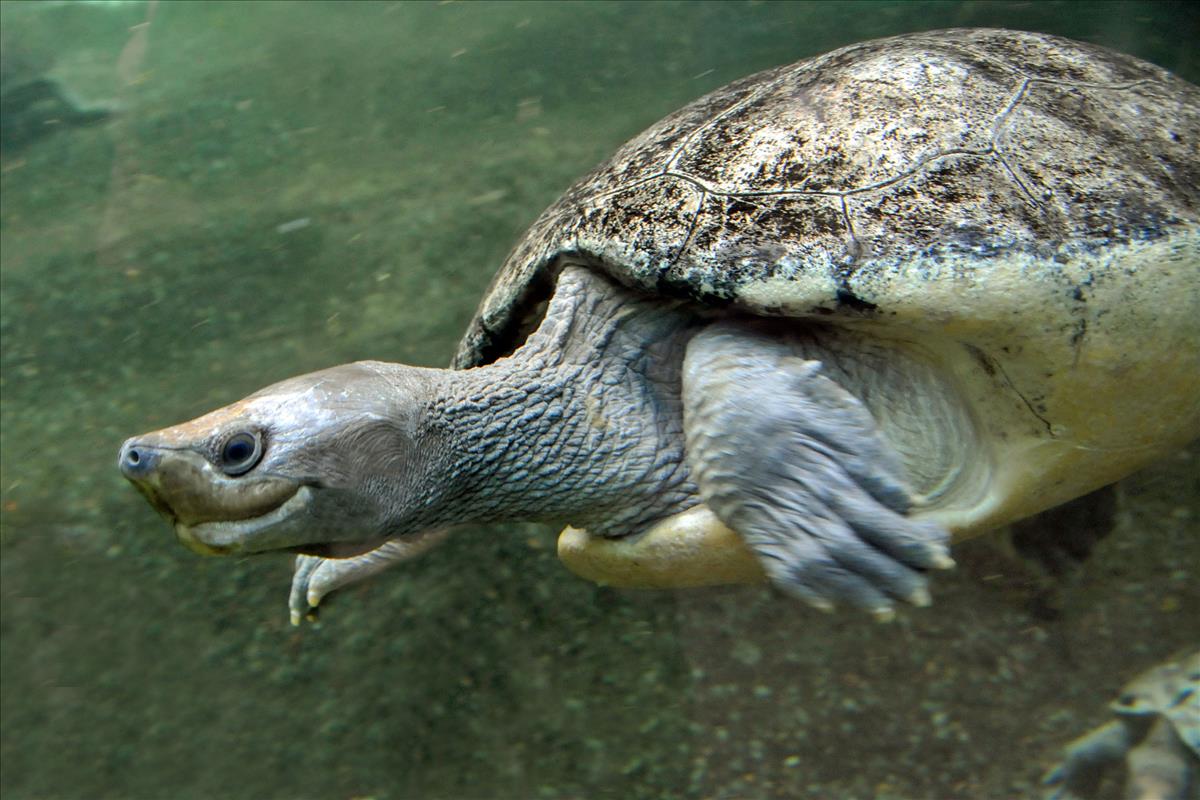Alerts
Please be advised that our bird aviaries are open!
Your Toronto Zoo is committed to the health and safety of the animals in our care. We take proactive steps to protect our birds from Avian Influenza which has been confirmed in a wild bird in southern Ontario, and some birds may still be off display.
Please note Splash Island is still closed and will not open until July due to unforeseen delays in construction. Please watch for updates on https://www.torontozoo.com/tz/splash or on our social media pages. Thank you!
Please note the following animals are currently not on display due to various reasons including Avian Bird Flu, and Covid-19 sensitivity:
- Flamingo, peacock, owl, bald eagle, and aviaries
- Some Kids Zoo Animals
- Cougar
- Moose
- Kangaroo walk through (kangaroos are still visible)
- Axolotl
We apologize for the inconvenience!


Reptile
Location at the Zoo:
Indo-Malaya
Region: Southeast Asia
Malaysian painted turtle
This is a medium-sized to large freshwater chelonian. Length of carapace: up to 75 cm (most commonly less than 60 cm). This is one of the largest turtles in the emydidae family. The oval carapace is rather flattened and has scutes roughened with growth annuli. The adult carapace is light brown to olive with three broad, black longitudinal stripes. The plastron is well developed but smaller than the shell opening and has only a shallow posterior notch. The bridge is broad and the plastron is extensively sutured to the carapace. Both the bridge and the plastron are uniformly yellow or cream coloured. The head is small to moderate in size with an upturned, pointed, projecting snout and a shallow medial notch on the lower jaw. The head of the female is olive and that of non-breeding males is charcoal gray. During the mating season the male’s head becomes white and a red stripe develops between the eyes (hence the common name “painted”). The back of the head is covered with small scales; the sides of the jaw are serrated. The limbs have enlarged transverse scales. There are five claws on the forefeet and all toes are heavily webbed. Limbs and other soft parts are normally olive to gray. Males are shorter than the females and have longer, thicker tails.Conservation Status: IUCN
